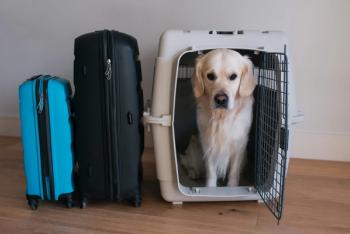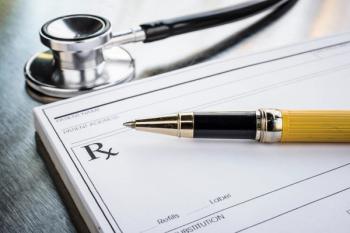
Diagnostic labs linked to USDA security network
It's not unusual for the Texas Veterinary Medical Diagnostic Laboratory (TVMDL) to receive numerous phone calls from the U.S. Department of Agriculture (USDA), but when it's the homeland security office a new sense of urgency emerges.
It's not unusual for the Texas Veterinary Medical Diagnostic Laboratory (TVMDL) to receive numerous phone calls from the U.S. Department of Agriculture (USDA), but when it's the homeland security office a new sense of urgency emerges.
The USDA, on behalf of the Office of Homeland Security, called upon theTVMDL, a member of the Texas A&M University System, as part of a newsecurity initiative. Texas will join a network of animal diagnostic labsfunded by the Office of Homeland Security to identify and respond to outbreaksof foreign diseases in animals.
The request, says Dr. Lelve Gayle, TVMDL executive director, did notcatch his lab off guard.
"I really wasn't surprised, considering the location of Texas andthe 1,200 mile international border to our south and with all the portsand foreign travel by air," he says.
"We work with 160,000 cases a year," Gayle adds. "We havea large surveillance system already in place. We have all of the diagnosticdisciplines in the laboratory, such as pathology, microbiology. It makesit very easy to ramp up rather than start from scratch."
Nationwide web
The TVMDL is one of five "core" and six "satellite"animal diagnostic laboratories across the country to join the National Networkof Diagnostic Laboratories for Animal Disease Monitoring and Diagnosis administeredby the USDA.
The appointment of these laboratories and subsequent funding is partof a $328 million package approved by President Bush and Congress earlierthis year to strengthen USDA's homeland security protection.
Others in the network include animal diagnostic laboratories in California,Colorado, Kansas, Georgia, Florida, Wisconsin, Michigan, Washington, NorthCarolina, New York, Iowa and Illinois.
Logistics
The Texas lab will receive about $2 million for two years, with an optionfor a third year, to serve as a core animal laboratory. Other states willreceive from $750,000 to $2.9 million.
Funds will reportedly be available for facility upgrade, equipment purchase,training and to raise the biosecurity levels at certain facilities.
"This is a great opportunity for TVMDL to begin taking the leadin diagnosing animal diseases that might be introduced either naturallyor through acts of bioterrorism," Gayle says.
Via the network, state laboratories will be asked to aid USDA on casesinvolving high-risk biological pathogens that might be used in acts of bioterrorismor that would be found in outbreaks of naturally occurring diseases, suchas foot-and-mouth virus.
"Our state's livestock population faces a severe threat of suchan outbreak, and the economic implications are staggering," he adds."An outbreak of a highly infectious agent such as foot-and-mouth diseasein Texas likely would cost the state between $6 billion and $50 billion."
Another lab's take
The biggest threat in Colorado these days has little to do with homelandsecurity, says Dr. Barbara Powers, director and pathologist, Colorado StateVeterinary Diagnostic Laboratory, another core laboratory.
"For Colorado the biggest disease we are facing is chronic wastingdisease in elk," she says. "In terms of homeland security, anysort of disease could affect the food animal industry anywhere in the nation."
As an example of what Colorado can do, however, Powers cites the incidenceof anthrax after 9/11. Her lab conducted environmental testing for anthrax,by testing samples from people who had come in contact with white powder.
"Lately, the state is coordinating efforts with the state Departmentof Public Health to set up a network on how we can handle any potentialthreat directed at animals or humans, since most of the potential threatsare zoonotic diseases," Powers says.
Immediate action
The USDA is working to turn this initiative into a working plan withinthe next several months.
Leaders of the various animal diagnostic laboratories were to convenein Washington later this summer to discuss the logistics of the securityinitiative.
Newsletter
From exam room tips to practice management insights, get trusted veterinary news delivered straight to your inbox—subscribe to dvm360.




